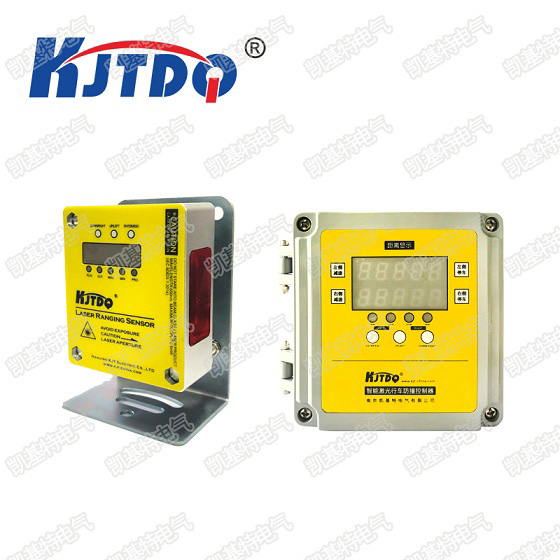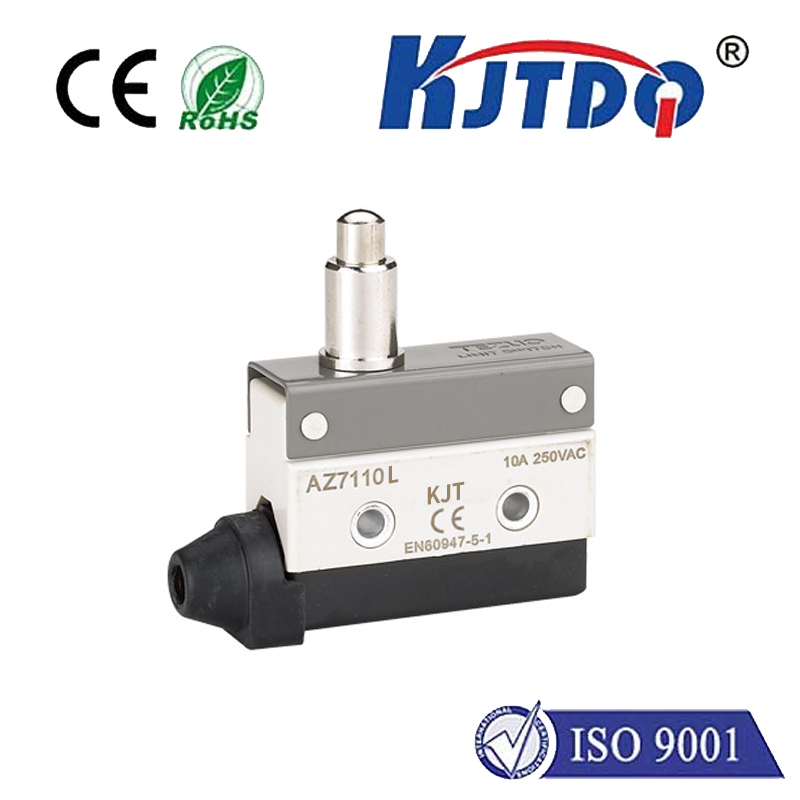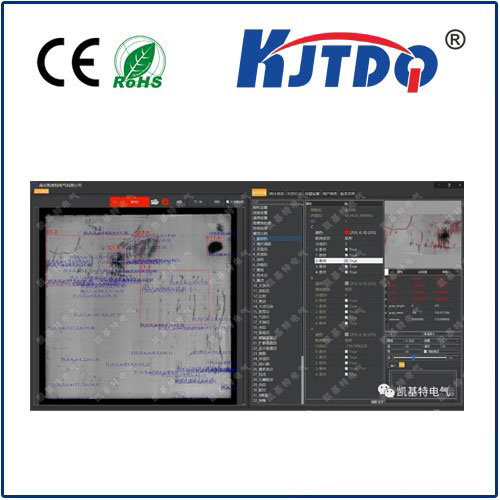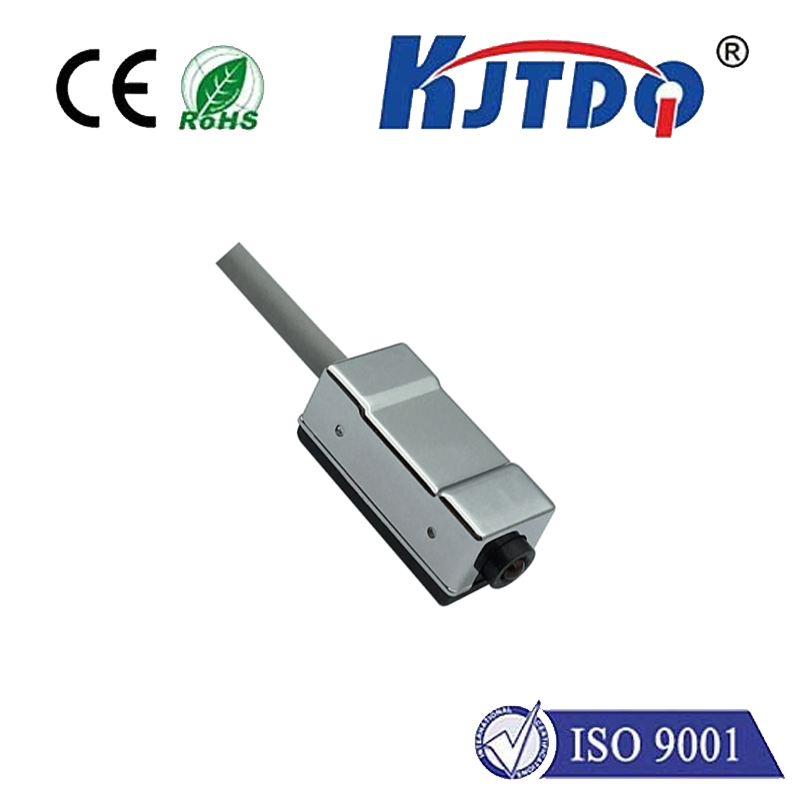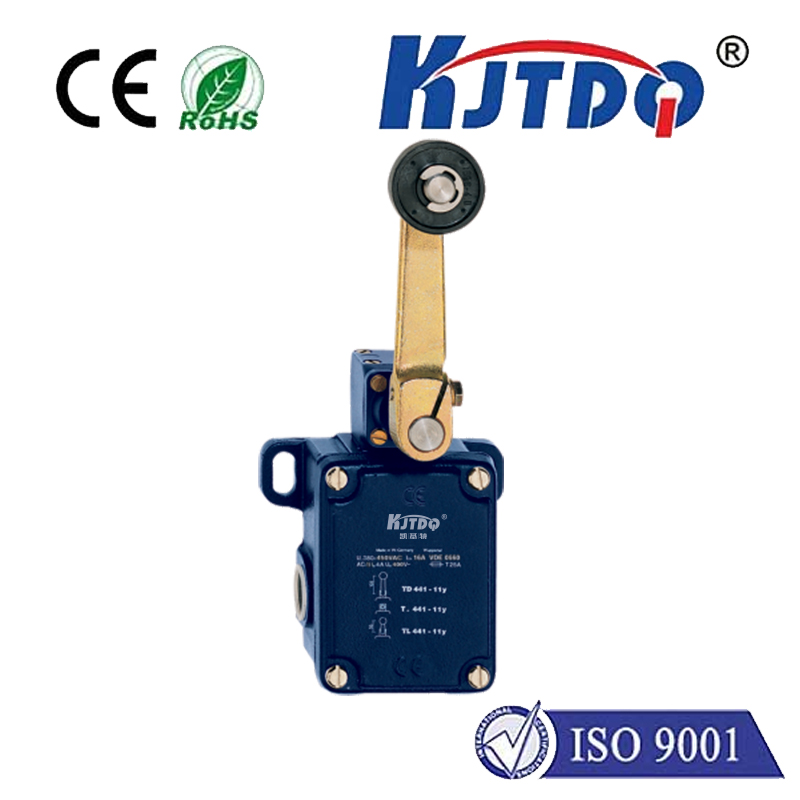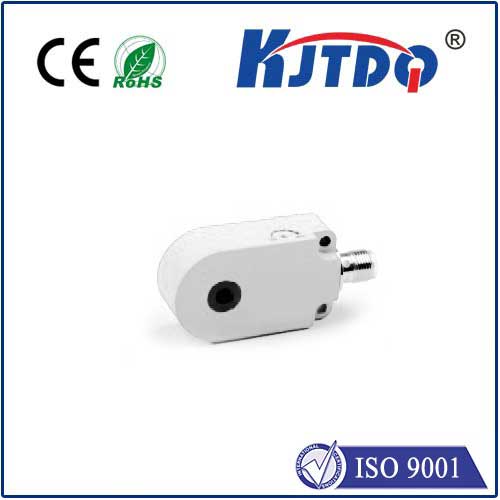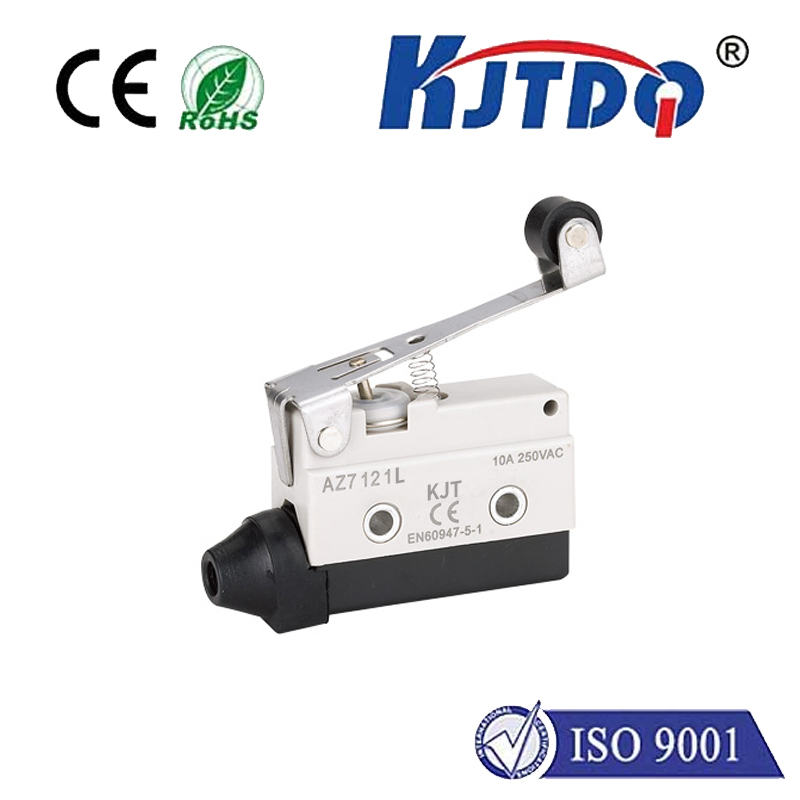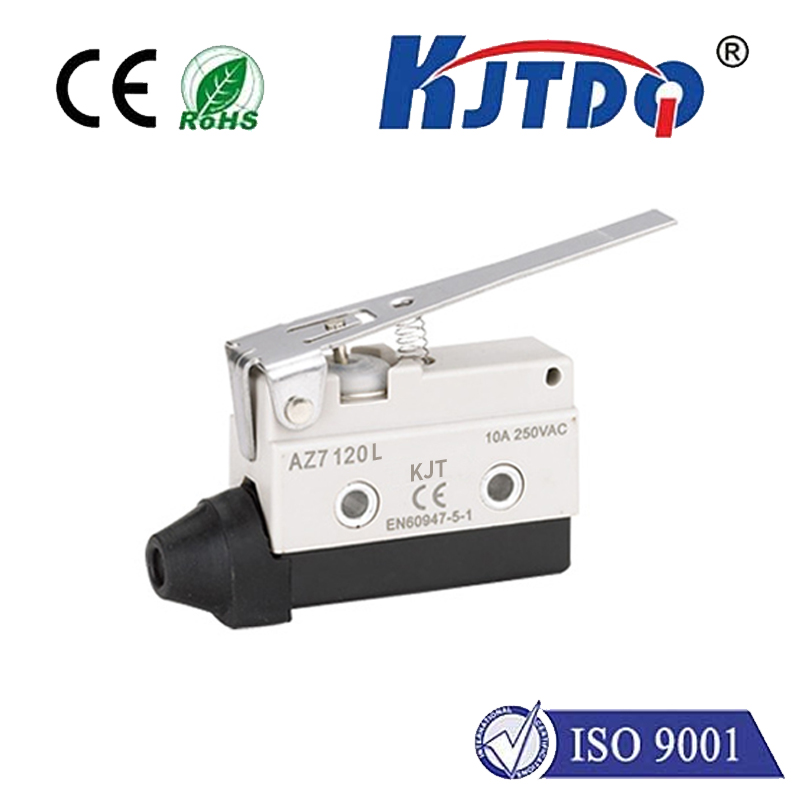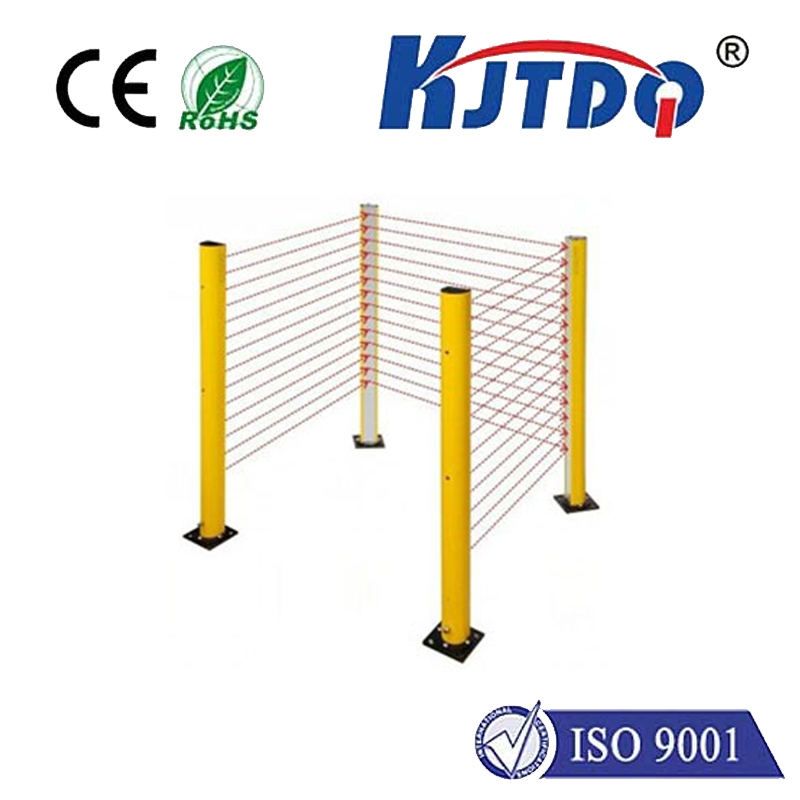
check

check

check

check
In the fast-paced world of technology, businesses are constantly searching for ways to streamline operations and improve productivity. One tool that has emerged as a game-changer in this regard is procedural sensors. These advanced devices have revolutionized automation by providing real-time data on various processes, enabling businesses to make informed decisions and optimize their operations.
Procedural sensors work by capturing data on various stages of a process, from start to finish. This information can then be analyzed to identify areas of improvement, such as bottlenecks or inefficiencies. By doing so, businesses can address these issues and improve their overall performance.
One of the main advantages of procedural sensors is their ability to adapt to changing conditions. As processes evolve, sensors can be reprogrammed to monitor new aspects of the process, ensuring that businesses remain up-to-date with the latest developments in their field. This flexibility makes procedural sensors an ideal solution for businesses that need to stay ahead of the competition.
Another benefit of procedural sensors is their ability to increase safety and reduce the risk of errors. By monitoring critical processes, sensors can detect potential hazards before they become serious problems. In addition, they can provide real-time feedback on operator performance, helping to minimize the risk of accidents caused by human error.
In summary, procedural sensors are a powerful tool that can help businesses optimize their operations, increase efficiency, and stay ahead of the competition. With their ability to adapt to changing conditions and enhance safety, these devices are an essential component of any modern manufacturing or production facility. As businesses continue to embrace new technologies, procedural sensors will play an increasingly important role in driving innovation and achieving success in today's rapidly evolving landscape.
